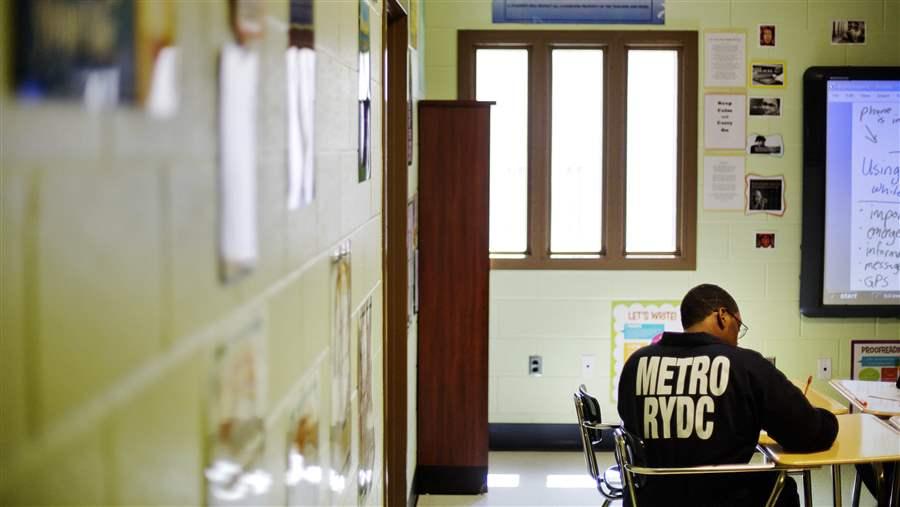By MARSHA MERCER
In the classic short story “The Things They Carried,”
Tim O’Brien writes about the weight of the things foot soldiers carried in
Vietnam.
These necessities and near necessities were as practical
as mosquito repellent, as powerful as anti-personnel mines and as personal as
memories.
Rereading the title story in the terrific book published
more than 25 years ago, I started thinking about the New Year, what I want to
carry into it and what I hope we can leave behind.
In the latter category is the 2016 presidential
election. Yes, it was a shock, but we need to let it go. Unfortunately, talking
heads aren’t alone in prolonging the agony.
President Barack Obama said this week he could have won
the general election had he been able to run again. That’s the kind of wishful
thinking Democrats should leave behind with 2016 – and not because the
statement is untrue.
It’s unknowable, of course, which makes great fodder
for late-night dorm sessions but not productive thought for the rest of us.
Obama is still the “most admired” man in America,
Gallup reports, and nobody worked harder on Hillary Clinton’s behalf than he
and first lady Michelle Obama did, in large part because Obama’s legacy was on
the line.
But the president’s confident assertion that his
message of tolerance, openness, diversity and energy would have mobilized
voters and defeated Donald Trump was a self-serving punch in the gut to Clinton
and her supporters.
Naturally, though, it was Trump, not Clinton, who
reacted.
“NO
WAY!” would Obama have won, Trump tweeted. He returned to Obama’s
remark in later tweets the way a tongue explores a sore tooth.
Obama, in the podcast interview with his old friend
David Axelrod, also said Clinton was too cautious during the campaign because
she thought she was winning, but she “performed wonderfully under really tough
circumstances.” He blamed the news media for a double standard in reporting
negative news about Clinton.
Basically,
he did everything but say she pitched great for a girl.
It’s time to stop beating up on Clinton, stop
second-guessing her campaign decisions and why she never matched her husband on
the stump.
I’d also like to see politicians stop blaming the news
media when things don’t go their way, but that’s not happening.
What-ifs keep us focused on the past when we need to
be clear-eyed about the policies and ethics of the incoming administration. And
there’s plenty for
Democrats to do to prepare for the next congressional election. In 2018, Democrats
have to defend 10 Senate seats in states Trump carried.
Trump
won the White House, if not the popular vote, with promises to roll back the
clock at least to pre-Obama days, maybe earlier. No
wonder he wants the Rockettes at his inauguration. They performed at
George W. Bush’s in 2005 and 2009.
One
thing I’d like to see left behind with 2016 is Trump’s tweets. Complicated
policies can’t be resolved in 140 characters.
But, says Sean Spicer,
incoming White House press secretary and communications director, tweeting is
“a really exciting part of the job.”
Trump has a combined
total of 39 million followers on Twitter, Facebook and Instagram, and that,
“allows him to add an element of a conversation that’s never occurred,” Spicer,
a Rhode Island native, told a radio station in his home state.
Will
Obama tweet? We’ll see. He plans to write another book, speak out when he sees
Trump heading in the wrong direction and help develop the next generation of
Democratic leaders.
One notion we can leave
behind is that the Obamas will strew rose petals in Trump’s path to the White
House. No big surprise there since Obama during the campaign called Trump
“unfit to serve” and “woefully unprepared” for the job.
It was unrealistic to
expect Obama, who sees Trump eager to dismantle everything Obama has done, to
be as gracious as George W. and Laura Bush on their way out.
It’s been a tough year, and there aren’t many things I
want to carry into 2017. Here’s one: “When they go low, we go high.”
More slogan than reality in 2016, “when they go low,
we go high” is a worthy goal for the New Year.
30
